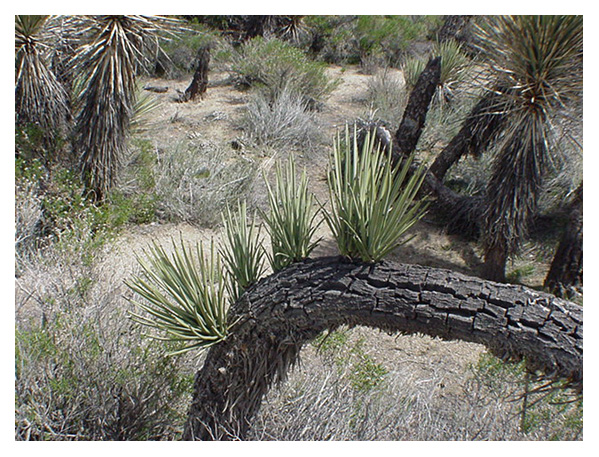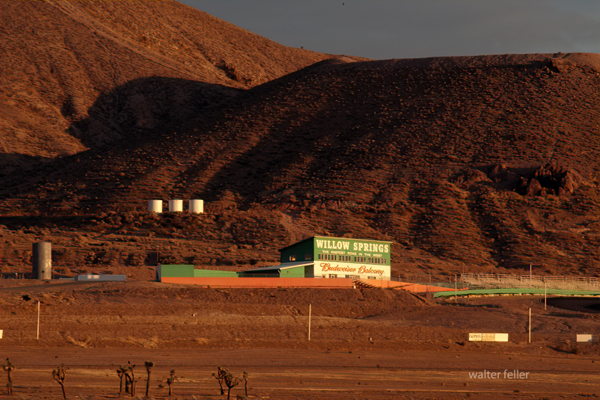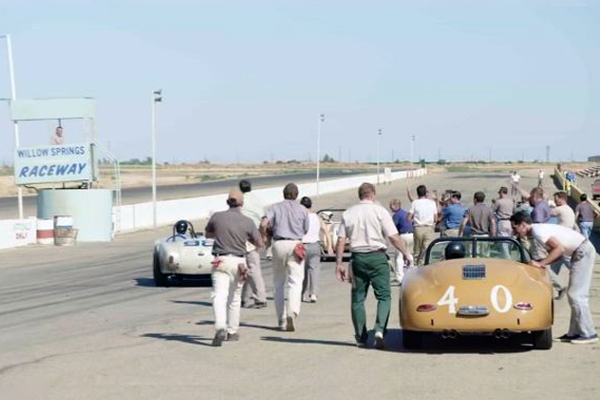The Intriguing History of Panamint City
Introduction
Panamint City, nestled in the Panamint Range of Death Valley, California, is a ghost town with a rich and colorful history. Established in 1873, Panamint City rapidly rose to prominence as a mining boomtown, only to face an equally swift decline by the late 1870s. This essay delves into the multifaceted history of Panamint City, exploring its origins, key figures, economic dynamics, and eventual decline. Central to this narrative are the fascinating stories of stagecoach robbers turned miners, the involvement of influential senators, and the resilient spirit of the town’s inhabitants.
The Origins of Panamint City
Discovery and Early Development
Panamint City’s origins are as unique as they are compelling. Panamint City’s discovery involved notorious stagecoach robbers, unlike many mining towns that sprang up following discoveries by prospectors. William L. Kennedy, Robert L. Stewart, and Richard C. Jacobs hid in Surprise Canyon after successful Wells Fargo stagecoach robberies. During their hideout, they stumbled upon rich silver veins, sparking the establishment of Panamint City.
Kennedy, Stewart, and Jacobs played pivotal roles in the early development of Panamint City. Initially outlaws, these men transitioned into miners after their serendipitous discovery of silver. They cleverly capitalized on their find by contacting influential figures who could provide them with legal protection and financial backing.
The Role of Nevada Senators: John P. Jones and William M. Stewart
Investment and Development
Two Nevada Senators, John P. Jones and William M. Stewart, were instrumental in the development of Panamint City. Known for their substantial mining investments, these senators saw potential in the rich silver veins Kennedy, Stewart, and Jacobs discovered. They invested heavily in the mining operations, spending over $1 million, a significant sum in the 1870s.
Legal Maneuvering and Amnesty
Understanding Kennedy, Stewart, and Jacobs’ legal predicaments, the senators negotiated an amnesty deal. This agreement included purchasing the claims from the outlaws and compensating Wells Fargo for the losses incurred due to previous robberies. This legal maneuvering ensured the continuity of mining operations while providing the outlaws a chance to legitimize their newfound wealth.
Economic Dynamics and Ingenious Solutions
Silver Transport and Security Challenges
The transport of silver from Panamint City presented significant challenges. The frequent stagecoach robberies made it impractical for Wells Fargo to service the town. The solution devised by the miners was both ingenious and practical: casting the silver into 450-pound cannonballs. These enormous ingots were too heavy for robbers to steal, ensuring the safe transport of silver to Los Angeles.
According to legend, these cannonballs, weighing around 450 pounds, were created to outwit the bandits who plagued the town. The effective solution added a unique chapter to Panamint City’s history.
Mining Operations and Infrastructure
At its peak, Panamint City boasted a population of over 2,000 residents. The town developed rapidly, featuring mills, saloons, stores, a red-light district, and a cemetery. Despite its remote location and harsh living conditions, Panamint City thrived due to the rich silver veins and the substantial investments by the Nevada senators.
The Decline of Panamint City
Economic Downturn and Environmental Challenges
Despite the initial success, Panamint City’s fortunes began to wane by late 1875. Many of the richest silver veins were exhausted, leading to a mass exodus of miners and settlers. The collapse of the Bank of California in August 1875 further exacerbated the economic downturn, affecting the financial stability of the mining operations.
Natural Disasters
In addition to economic challenges, Panamint City faced devastating natural disasters. A flash flood in July 1876 washed away much of the town, beginning its decline. Another flood in 1901 further damaged the remaining infrastructure, sealing the town’s fate as a ghost town.
The Role of Post Office Spring
Strategic Importance
Post Office Spring, located near Panamint City, played a crucial role in the survival of the town’s inhabitants. This spring provided a reliable water source in the arid environment of Death Valley. Its significance extended beyond sustenance, serving as a strategic location for clandestine activities.
Outlaw Mail System
In the 1870s, Post Office Spring became an integral part of a secret mail system. A box was wired to one of the mesquite trees at the spring, serving as a clandestine post office. Stage drivers would leave mail addressed to “John Doe” in the box and signal its presence by tying a rag to a nearby tree. Under the cover of darkness, the wanted men of the Panamints would collect and leave their mail, maintaining a line of communication despite their fugitive status. This ingenious system reflects the resourcefulness and adaptability of the town’s inhabitants in a lawless environment.
Key Figures and Their Contributions
William L. Kennedy, Robert L. Stewart, and Richard C. Jacobs
These three outlaws turned miners are central to Panamint City’s story. Their discovery of silver in Surprise Canyon and subsequent transition to legitimate mining operations underscore the boom’s transformative potential. Their collaboration with influential senators to secure amnesty and investment illustrates the pragmatic alliances formed during this period.
Senators John P. Jones and William M. Stewart
The Nevada senators’ involvement was crucial in Panamint City’s development. Their substantial investments and strategic legal maneuvers ensured the town’s initial success. Their innovative solution to transport silver safely reflects their business acumen and understanding of the unique challenges posed by the remote and lawless environment.
Jim Stewart and Bill Ball
Jim Stewart and Bill Ball, notorious outlaws, further exemplify Panamint City’s lawlessness. Their criminal activities and resistance to law enforcement highlighted the town’s dangerous reputation. The ingenious countermeasures taken to protect silver shipments from these outlaws underscore the persistent threats the town’s legitimate operations face.
The Environment and Geography of Panamint City
Surprise Canyon
Surprise Canyon, where Panamint City was located, played a significant role in the town’s development and challenges. The canyon’s narrow, rugged terrain provided both protection and isolation. This geographical feature made it an ideal hideout for outlaws and posed significant challenges for transporting mined silver.
Harsh Living Conditions
Panamint City’s remote location and harsh living conditions added to its unique character. The town was in a desert environment with extreme temperatures and limited resources. Despite these challenges, the promise of rich silver veins attracted a diverse population of miners, merchants, and outlaws.
The Economic Impact of Panamint City
Investment and Production
The significant investments made by the Nevada senators and other financiers led to substantial silver production. Panamint City was a thriving economic hub at its peak, with millions of dollars worth of silver extracted from its mines. The innovative transport solutions and substantial infrastructure development reflect the economic optimism of the time.
Decline and Financial Losses
The rapid decline of Panamint City resulted in significant financial losses for the investors. The depletion of rich veins and subsequent natural disasters marked the end of the town’s economic boom. The financial impact extended beyond the immediate investors, affecting the broader economic landscape of the region.
The Social and Cultural Fabric of Panamint City
Diverse Population
Panamint City’s population was a mix of miners, merchants, and outlaws. This diverse demographic contributed to the town’s dynamic social fabric. The presence of a red-light district, numerous saloons, and various businesses reflect the town’s vibrant and sometimes lawless character.
Lawlessness and Vigilante Justice
The lawlessness of Panamint City necessitated unique forms of justice. With limited official law enforcement, vigilante justice was common. This self-regulation shaped the town’s reputation for danger and unpredictability, shaping its historical legacy.
The Legacy of Panamint City
Later Attempts and Preservation
Despite its decline, Panamint City saw sporadic attempts at revival. Mining activity continued intermittently until the 1980s. Many original buildings and structures, including a prominent smokestack, still stand from the 1950s to the 1970s. These remnants preserve the town’s history, offering a glimpse into its vibrant past.
Cultural and Historical Significance
Panamint City’s history reflects the broader themes of resilience and ingenuity characteristic of the American West. The town’s story, marked by discovery, lawlessness, and decline, exemplifies the spirit of those who sought fortune in the harsh desert landscape. The involvement of figures like Kennedy, Stewart, Jacobs, and the Nevada senators adds a rich layer of intrigue to the narrative, highlighting the complex interplay between legality and outlaw behavior.
Conclusion
Panamint City’s rich history and unique origin story is a testament to the endurance and tenacity of those who sought fortune in the American West. The town’s narrative is filled with intriguing characters and dramatic events, from its discovery by stagecoach robbers to its rapid development and eventual decline. The involvement of key figures like Kennedy, Stewart, Jacobs, and the Nevada senators highlights the complex interplay between legality and outlaw behavior in the mining boomtowns of the 19th century. Panamint City’s legacy continues to captivate historians and enthusiasts, offering a vivid glimpse into a bygone era of ambition, innovation, and relentless pursuit of wealth.







